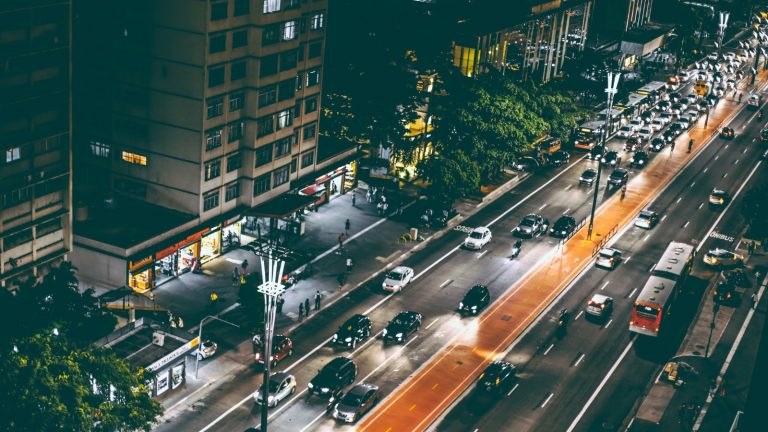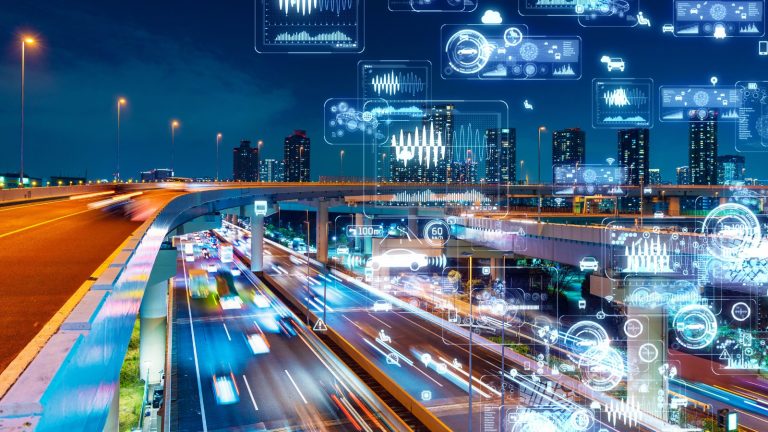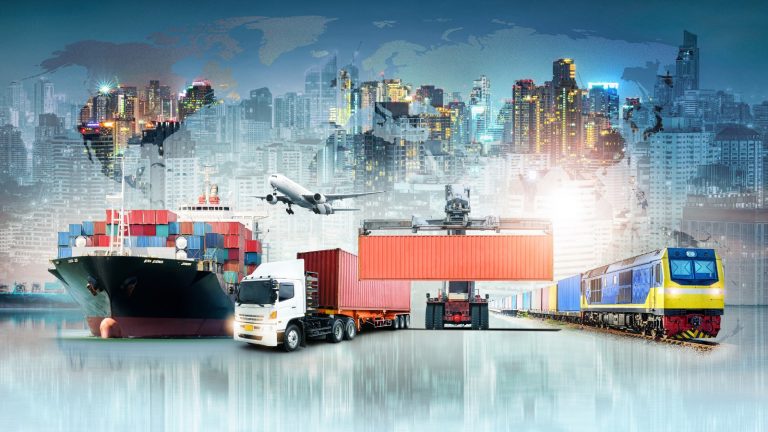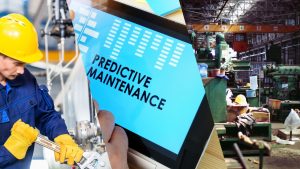Roads are the main transportation method in Australia, and the government pays much attention to the quality and smooth processing of the transport mechanisms within the country. In general, Australia has been enriched with a high-scale transportation infrastructure ecosystem in the past. However, even within such a planned framework, it is not that easy to maintain the quality standards of the transportation industry. As we can see, the Australian transportation development authorities have to face some unique challenges from time to time.
What are those obstacles? How can Australia break free from them through modern technology? Let us explain everything in our blog post.
We will know
Understanding Key Challenges in Australian Transportation

Inefficient Route Management
Route planning and its proper management receive the top priority when it comes to the transportation industry of a country. Australia is no exception in that sense.
However, inefficiency in route planning has become a top challenge for Australian transportation authorities. The reason is due to the country’s vast and diverse geography.
When there are large distances between big cities and distant areas, poorly planned routes can lead to more expensive transportation, longer travel times, and more traffic.
Plus, poor coordination between various transport modalities makes the issue worse by limiting smooth connections and integrative effectiveness. These inefficiencies affect not only how long it takes for passengers to travel from place to place but also how easily and inexpensively goods and commodities can be moved throughout the nation. This is where they need proper route management.
In order to address this challenge requires strategic planning, investment in infrastructure, and the adoption of innovative technologies to optimise route management.
Ageing Road Infrastructure
There is literally no asset that can survive an extended lifetime!
Then how can the road infrastructure make it?
But if we look into the challenges faced by Australian transportation authorities, we can see that this is indeed problematic. Ageing road infrastructure presents a significant challenge due to the wear and tear accumulated over years of use and exposure to harsh environmental conditions.
As many roads were built several decades ago, they often lack modern design standards and are susceptible to deterioration. This leads to increased maintenance costs and safety concerns.
On the other hand, population growth and urbanisation have placed additional strain on these ageing roads. This surely exacerbates congestion and traffic flow issues.
But the problem is that upgrading and maintaining this infrastructure requires substantial investment and careful planning to meet the evolving needs of the population. No need to emphasise that these initiatives require ensuring the safety, efficiency, and sustainability of the projects.
Large Volume of Traffic
You know that many of the roads in Australia were built decades ago. There was no chance to know that this country would witness a population growth of 0.98% after a few decades with the use of typical methods they used to forecast.
The problem has started to come to the surface by now! Handling a large volume of traffic that exceeds road capacity has become a huge challenge for Australian transportation authorities. Vehicle traffic has expanded beyond the capacity of many roadways due to rapid population expansion, urbanisation, and economic development.
This weight might not be bearable for the road infrastructure, as it has certain capacity limitations. This will affect the longevity of roads, bridges, and other transportation assets over time.
Shorter Life Span of Mega Infrastructure
Bearing a shorter life than expected is another barrier in the realm of mega infrastructure, such as bridges, roadways, railway tracks, etc.
The main reasons behind them are factors such as harsh environmental conditions, heavy usage, and inadequate maintenance for sure. The latter contributes to the premature deterioration of these vital assets.
This can be prevented through frequent repairs, replacements, and upgrades, for sure. However, proceeding without proper planning will result in substantial financial burdens and disruptions to transportation networks in Australia.
How Can These Challenges Be Solved?

Implementation of Satellite Network
This offers a transformative solution for transportation infrastructure and traffic-related issues in Australia. Now let us explain how.
When they hold hands with satellite technology, authorities can gather real-time data on traffic flow, congestion hotspots, and road conditions across vast geographical areas. This data backs up dynamic routing adjustments and optimises traffic signal timing. Also, it clears the way for proactive maintenance planning, effectively reducing congestion and improving overall transportation efficiency.
Furthermore, we should not forget that satellite networks support remote monitoring of infrastructure. The sunny side of this effort is that it allows for timely interventions and predictive maintenance. This is known as an outstanding way to extend the lifespan of roads, bridges, and railway tracks.
As you can see, the utilisation of satellite technology paves the way to a more resilient road infrastructure network.
Scanning Data Gathered via Sensors and CCTV
The latter offers a powerful tool for transportation authorities to address ageing infrastructure challenges in Australia. Consolidating data is the first stage to optimise existing processes or develop new initiatives to clear away the ageing infrastructure matters.
How this happens is interesting to investigate. This starts with continuously monitoring road conditions, traffic patterns, and structural integrity through these sensors and surveillance systems. Then the authorities can identify signs of deterioration, such as cracks and congestion hotspots, in real time.
With this insight in hand, authorities are empowered to conduct proactive maintenance planning. This encourages timely repairs and upgrades to mitigate further deterioration and ensure the safety and functionality of the transportation network.
Predictive Analytics
As we stated in the above sections, when the authorities relied on traditional methods to construct road assets, it was pretty difficult for them to analyse and predict the prospective traffic flow ahead of 20-30 years.
This is why Predictive Analytics needs to be utilised by the transportation authorities to forecast future traffic flow and demand when constructing roads and bridges in Australia.
This tool has the power to analyse historical traffic data, population growth projections, urban development plans, economic trends, etc. ahead of the present time. This way, the authorities can develop sophisticated predictive models.
It is visible that Predictive Analytics supports the transportation authorities to optimise resource allocation, enhance infrastructure resilience, ensure that new constructions align with future transportation needs, etc.
This undoubtedly establishes an efficient and sustainable infrastructure ecosystem for the next decade and beyond.
Implementation of IoT and Digital Twin Models
Imagine how valuable it is to have a technological arm to check the reliability of transportation assets and processes in a virtual world before trying it in the physical world.
This is where the implementation of robust technologies like the Internet of Things (IoT) and the Digital Twin proves to be vital. With these solutions in use, transportation authorities anticipate construction processes, quality control, and development areas through digital platforms in Australia.
Initially, IoT sensors embedded in infrastructure collect real-time data on construction progress, material integrity, and environmental conditions. Then, this data is integrated into digital twin models, and they create virtual replicas of physical assets. It lets authorities simulate various scenarios and identify potential issues before they arise.
It is certainly a beneficial way for the authorities to detect construction defects. Plus, it optimises resource allocation and addresses development areas promptly, which minimises costly rework and delays in execution.
Finding Innovative Solutions through Modern Tech

As the transportation industry expands, the challenges of it also receive wings to expand themselves. Finding solutions is not that difficult, but finding the most reliable solutions is the concern here. There are many technological solutions that offer various capabilities to sustain industry quality when it comes to transportation in Australia. However, holding hands with a reputed software provider is highly advisable to avoid unnecessary grudges.







